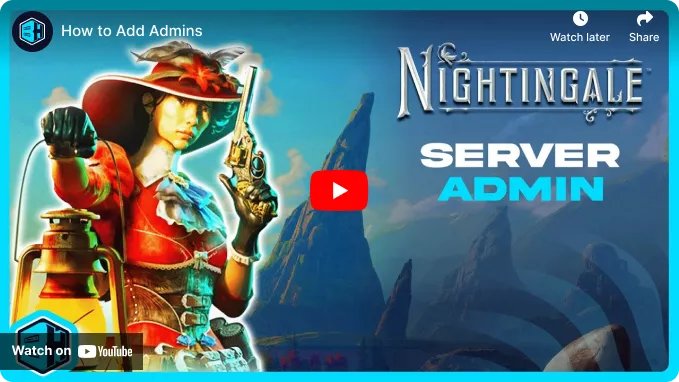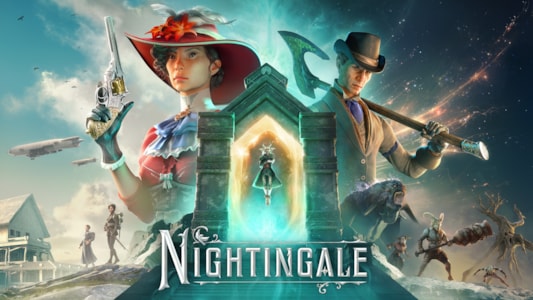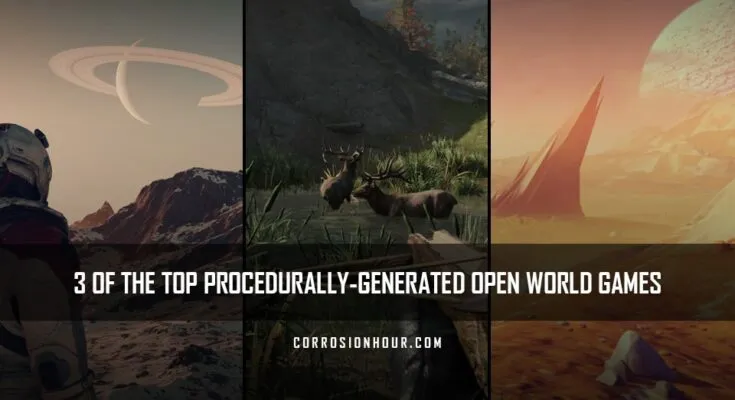Realm Cards: Nightingale's Bold Gamble on Procedural Exploration – A Blessing or a Curse?
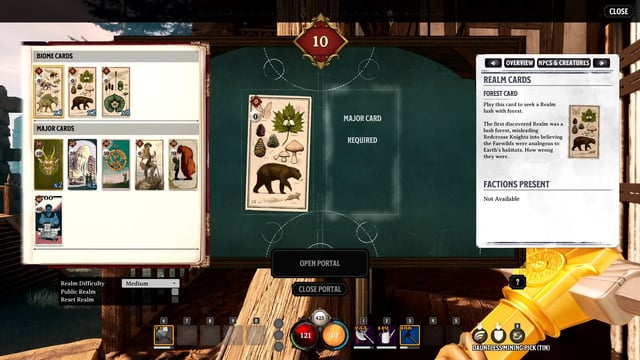
Nightingale, the shared-world survival crafting game from Inflexion Games, has been making waves in Early Access with its unique take on the Fae Realms. But it's the recent "Realm Cards" update that's truly set the game apart – and sparked intense debate. This system fundamentally alters how players explore and interact with the game world. Nightingale promised a vast, interconnected Fae world to explore, but does the Realm Card system deliver on that promise or constrain it? Does this departure from traditional survival crafting exploration elevate the genre, or fall flat? Let's dive into the mechanics, the player reactions, and the potential long-term impact of this bold design choice.
The Realm Card System Explained: Crafting Your Own Adventure
At its core, the Realm Card system allows players to craft the very worlds they explore. Instead of relying on a single, static map or even purely random generation, players use Realm Cards to define the characteristics of new realms. These cards are acquired through gameplay – quest rewards, exploration, crafting, and trading with other players. Once obtained, they can be combined at a special crafting table to create a portal to a new, custom-generated realm.
There are three primary categories of Realm Cards:
- Biome Cards: These cards determine the fundamental environment of the realm – Forest, Desert, Swamp, Mountains, and more. The Biome card dictates the overall aesthetic, dominant flora and fauna, and base resource availability.
- Major Cards: Major Cards introduce significant modifiers to the realm. These can affect resource abundance (e.g., a "Provisioner" card increasing resource drops), creature behavior (e.g., an "Aggression" card making enemies more hostile), or even add specific events or challenges.
- Minor Cards: Minor Cards provide smaller, more subtle tweaks. These can influence the weather patterns (e.g., a "Stormy" card increasing rainfall), the time of day, or the types of wildlife that spawn.
For example, a player seeking lumber might combine a "Forest" Biome card with a "Provisioner" Major card. This would generate a lush forest environment with significantly increased wood yields. Conversely, a player looking for a challenge might combine a "Desert" Biome card with an "Aggression" Major card to create a harsh, monster-filled wasteland. Experimentation is key, and discovering powerful card combinations is a core part of the Nightingale experience.
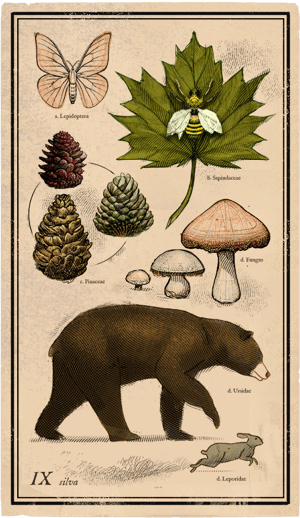
Benefits of the Realm Card System: Tailored Experiences and Targeted Resource Acquisition
The Realm Card system offers several compelling benefits from a design perspective, primarily centered around player agency and targeted progression.
Firstly, it gives players an unprecedented level of control over world generation. Unlike traditional survival crafting games where you're at the mercy of a random seed, Nightingale allows you to directly influence the environment. Need a specific resource like metal? Combine the appropriate Biome card (e.g., Mountains) with a Major card that boosts ore spawns. This reduces the frustration of aimless wandering and allows players to focus on their immediate goals.
Secondly, the system enables tailored experiences. Players can create realms specifically designed for farming, combat, exploration, or building. Want to test your combat skills against hordes of challenging creatures? Craft a realm with a high "Aggression" modifier and see how long you survive. Prefer a peaceful building experience? Combine a docile Biome card with modifiers that increase resource abundance and reduce enemy spawns.
Finally, the sheer variety of biomes and modifiers available through Realm Cards offers the potential for long-term replayability. The permutations are numerous, and discovering new and effective card combinations becomes a compelling metagame in itself.
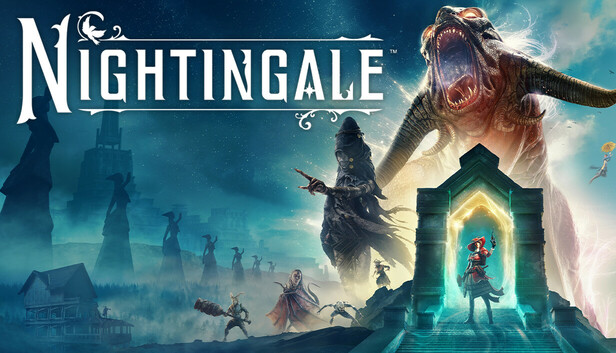
Drawbacks and Community Concerns: Sacrificing Serendipity?
Despite its innovative nature, the Realm Card system has also drawn criticism from the Nightingale community. A central concern is the perceived loss of organic discovery and the feeling of stumbling upon new and exciting areas naturally.
As one user on the Nightingale Steam forums put it: "I miss the feeling of stumbling upon a new area organically like in Valheim." This sentiment is echoed by another player on the official Nightingale Discord server: "The card system feels too game-y. Where's the organic discovery?"
The structured nature of the Realm Card system, while providing control, can also feel somewhat artificial. The sense of wonder that comes from exploring a truly unknown world is potentially diminished when you're essentially dictating its parameters beforehand.
However, not all feedback is negative. Some players appreciate the targeted resource acquisition the system enables. "I love being able to target specific resources I need," stated a user on the forums, highlighting the convenience and efficiency the system provides.
Another concern revolves around long-term replayability. "I am worried about long term replayability and the card system getting stale," wrote a player on Discord. The fear is that once players have experimented with the various card combinations, the system might lose its novelty, leading to a sense of repetition.
Finally, some players draw comparisons to other games with similar mechanics, questioning whether Nightingale's implementation truly elevates the experience. "The control over the realm is interesting, but I miss the natural feeling of exploration. Is it just Minecraft with extra steps?" asked a forum user.
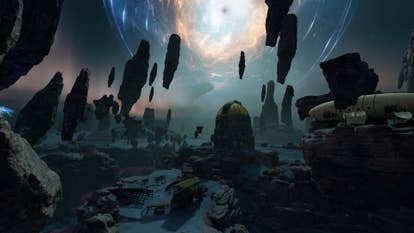
Design Choices and Genre Implications: Innovation or Limitation?
Inflexion Games' decision to implement the Realm Card system likely stems from several factors. Firstly, it could be a measure to improve server stability. By generating realms on demand rather than maintaining a single, massive open world, the game can potentially reduce server load and improve performance.
Secondly, the system provides a structured way to deliver content. New biomes, challenges, and resources can be introduced through new Realm Cards, allowing for controlled and paced content updates.
Thirdly, the system addresses common complaints within the survival crafting genre. The endless aimless wandering, the frustration of not finding specific resources, and the difficulty in scaling challenges are all mitigated by the Realm Card system.
However, these advantages come at a cost. The Realm Card system potentially sacrifices the emergent gameplay and serendipitous discoveries that are hallmarks of the best open-world survival crafting games. Whether this trade-off is worthwhile remains to be seen.
The long-term impact of the Realm Card system on Nightingale's gameplay and replayability is a crucial question. If the system feels too restrictive or repetitive, it could ultimately limit the game's appeal. Conversely, if Inflexion Games continues to expand the system with new and innovative cards, it could become a defining feature that sets Nightingale apart from its competitors.
The success of Nightingale's Realm Card system could also influence the survival crafting genre as a whole. If players embrace the system, we might see other developers experiment with similar mechanics in their own games. However, if the system is perceived as a failure, it could reinforce the importance of traditional open-world exploration in the genre.
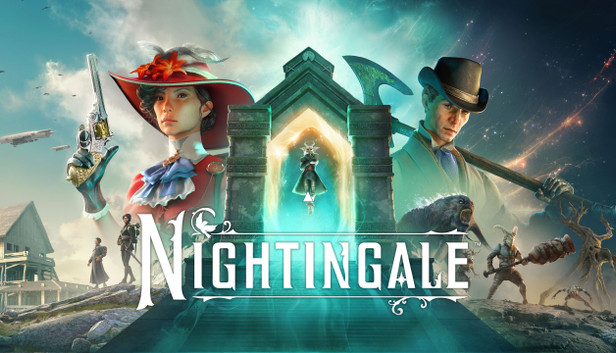
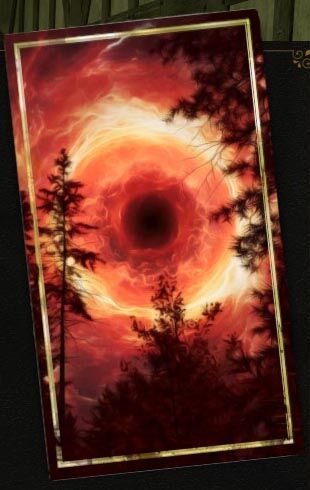
Conclusion: A Bold Experiment
The Realm Card system is a bold experiment in the survival crafting genre. It represents a significant departure from traditional open-world exploration, offering players unprecedented control over their environment and progression. While the system provides numerous benefits, including targeted resource acquisition and tailored experiences, it also raises concerns about the loss of organic discovery and the potential for long-term repetition.
Ultimately, the success of the Realm Card system will depend on Inflexion Games' ability to continue expanding and refining the system, as well as the willingness of players to embrace this new approach to exploration. Will it redefine exploration or ultimately limit player freedom? Share your thoughts and experiences in the comments below.
